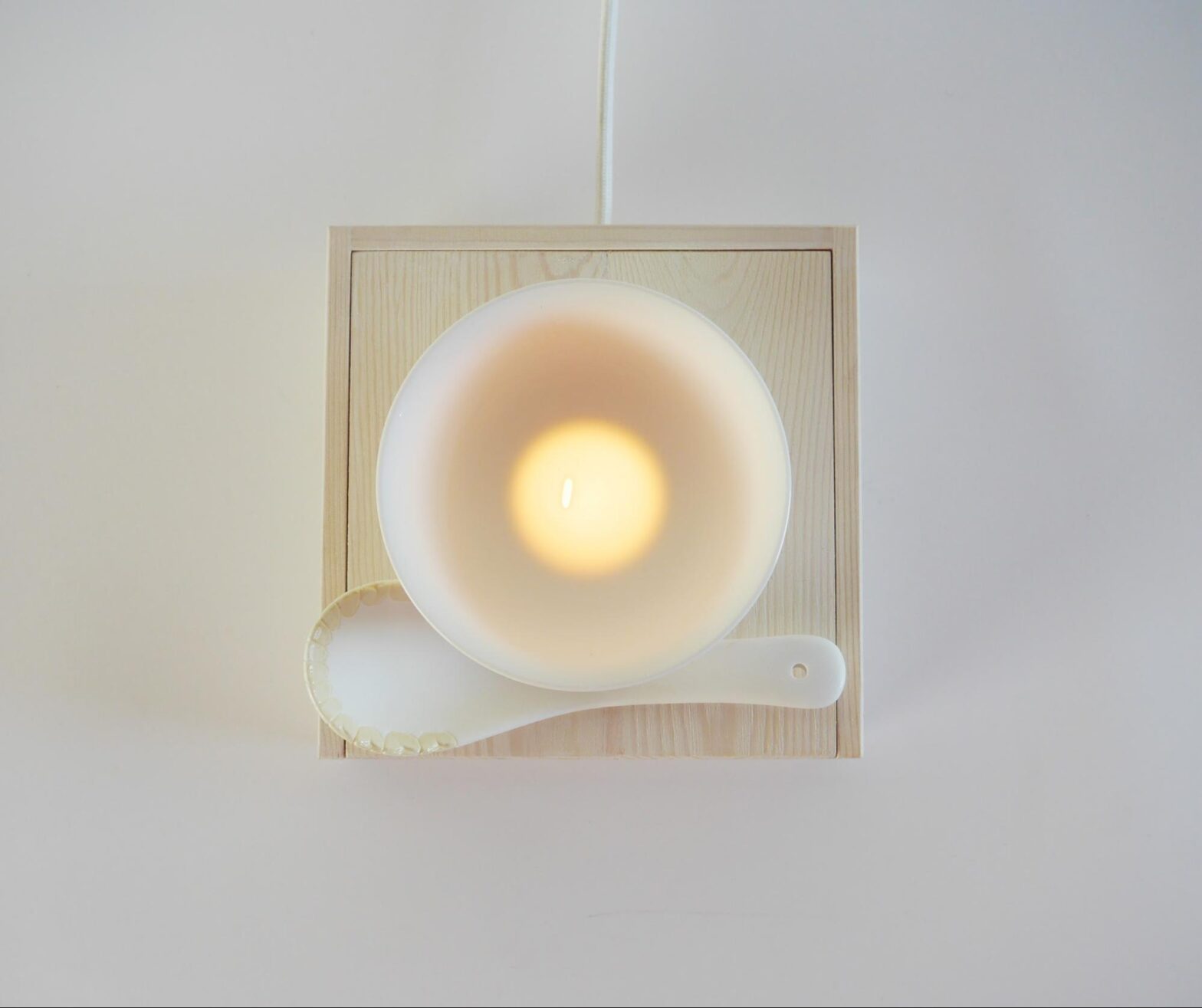I have come to believe that how we know hunger reflects in the measure of trust we have in the days to come. Starvation has always been a driver in the shaping of tools, the reshaping of the land, to fend off the ravages of famine, both natural and man-made.
Survivors of severe starvation, after returning to normal life, are known to hide a slice of bread in their coat pocket. Less a safety measure, than a way to fend off the mental distress, the shadow left by a hunger so monstrous, that it had driven life to the edge of their very bones.
I wonder what passes through the mind of a farmer, as the seeds, set aside for next spring, are boiled in the cooking pot. And, as the bag reaches its end, the child’s face still hollow, what dark void does one’s mind inhabit, as the last grain lies in the bowl? Beyond the screaming hunger, how does one contemplate the next steps? How does the mind, holding out hope for a tomorrow, rationalize the eating of one’s own child? And then, after the famine recedes, the store refilled, how do they cope with those choices? How does that full bowl taste, rancid with guilt and sorrow?
The Last Grain is about the ones that withered as much as those that survived.
The household’s rice bowl, such a common object, becomes the centre stage of life, of drama, when it cannot be kept full. In these bowls the outside glaze has been kept symbolizing a veneer of normality. But the inside glaze has been ground away, taking on the appearance of bone. In the base of the bowl lie indentations of scattered rice grains. Illumination from underneath, casts a warm light, as if to pay homage to how hunger will spark an almost religious veneration for food. The spoons’ position suggests the roof or the floor of a mouth. The body of the spoon has no glaze, contrasting with a line of teeth, carved out and re-glazed. The different sizes reflect the age of the ones that past, and the hunger that devoured them.height variable, 5 unique pieces in series.
